Discover how a bimodal integration strategy can address the major data management challenges facing your organization today.
Get the Report →Import Microsoft Planner Data Using Azure Data Factory
Use CData Connect Cloud to connect to Microsoft Planner Data from Azure Data Factory and import live Microsoft Planner data.
Microsoft Azure Data Factory (ADF)) is a completely managed, serverless data integration service. When combined with CData Connect Cloud, ADF enables immediate cloud-to-cloud access to Microsoft Planner data within data flows. This article outlines the process of connecting to Microsoft Planner through Connect Cloud and accessing Microsoft Planner data within ADF.
CData Connect Cloud offers a cloud-to-cloud interface tailored for Microsoft Planner, granting you the ability to access live data from Microsoft Planner data within Azure Data Factory without the need for data replication to a natively supported database. Equipped with optimized data processing capabilities by default, CData Connect Cloud seamlessly channels all supported SQL operations, including filters and JOINs, directly to Microsoft Planner. This harnesses server-side processing to expedite the retrieval of the desired Microsoft Planner data.
Configure Microsoft Planner Connectivity for ADF
Connectivity to Microsoft Planner from Azure Data Factory is made possible through CData Connect Cloud. To work with Microsoft Planner data from Azure Data Factory, we start by creating and configuring a Microsoft Planner connection.
CData Connect Cloud uses a straightforward, point-and-click interface to connect to data sources.
- Log into Connect Cloud, click Connections and click Add Connection
- Select "Microsoft Planner" from the Add Connection panel
-
Enter the necessary authentication properties to connect to Microsoft Planner.
You can connect without setting any connection properties for your user credentials. Below are the minimum connection properties required to connect.
- InitiateOAuth: Set this to GETANDREFRESH. You can use InitiateOAuth to avoid repeating the OAuth exchange and manually setting the OAuthAccessToken.
- Tenant (optional): Set this if you wish to authenticate to a different tenant than your default. This is required to work with an organization not on your default Tenant.
When you connect the Driver opens the MS Planner OAuth endpoint in your default browser. Log in and grant permissions to the Driver. The Driver then completes the OAuth process.
- Extracts the access token from the callback URL and authenticates requests.
- Obtains a new access token when the old one expires.
- Saves OAuth values in OAuthSettingsLocation to be persisted across connections.
![Configuring a connection (Salesforce is shown)]()
- Click Create & Test
-
Navigate to the Permissions tab in the Add Microsoft Planner Connection page and update the User-based permissions.
![Updating permissions]()


Add a Personal Access Token
If you are connecting from a service, application, platform, or framework that does not support OAuth authentication, you can create a Personal Access Token (PAT) to use for authentication. Best practices would dictate that you create a separate PAT for each service, to maintain granularity of access.
- Click on your username at the top right of the Connect Cloud app and click User Profile.
- On the User Profile page, scroll down to the Personal Access Tokens section and click Create PAT.
- Give your PAT a name and click Create.
- The personal access token is only visible at creation, so be sure to copy it and store it securely for future use.

With the connection configured, you are ready to connect to Microsoft Planner data from Azure Data Factory.
Access Live Microsoft Planner Data in Azure Data Factory
To establish a connection from Azure Data Factory to the CData Connect Cloud Virtual SQL Server API, follow these steps.
- Login to Azure Data Factory.
- If you have not yet created a Data Factory, Click New -> Dataset.
- In the search bar, enter SQL Server and select it when it appears. On the following screen, enter a name for the server. In the Linked service field, select New.
-
Enter the connection settings.
- Name - enter a name of your choice.
- Server name - enter the Virtual SQL Server endpoint and port separated by a comma: tds.cdata.com,14333
- Database name - enter the Connection Name of the CData Connect Cloud data source you want to connect to (for example, MicrosoftPlanner1).
- User Name - enter your CData Connect Cloud username. This is displayed in the top-right corner of the CData Connect Cloud interface. For example, [email protected].
- Password - select Password (not Azure Key Vault) and enter the PAT you generated on the Settings page.
- Click Create.
- In Set properties, set the Name, choose the Linked service we just created, select a Table name from those available, and Import schema from connection/store. Click OK.
- After creating the linked service, the following screen should appear:
- Click preview data to see the imported Microsoft Planner table.
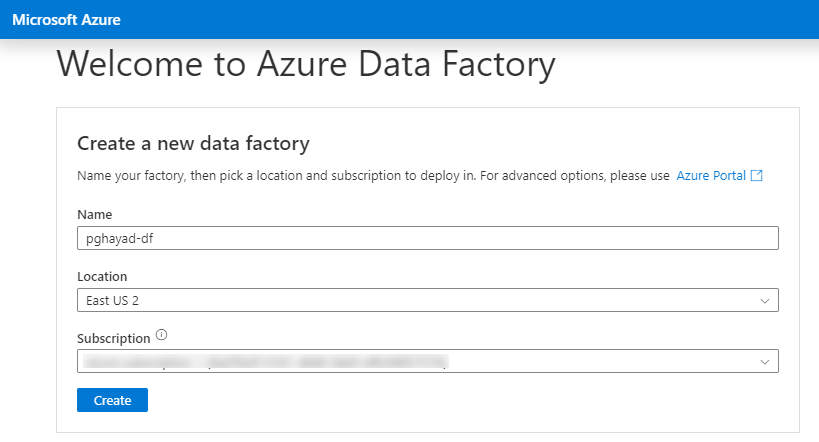
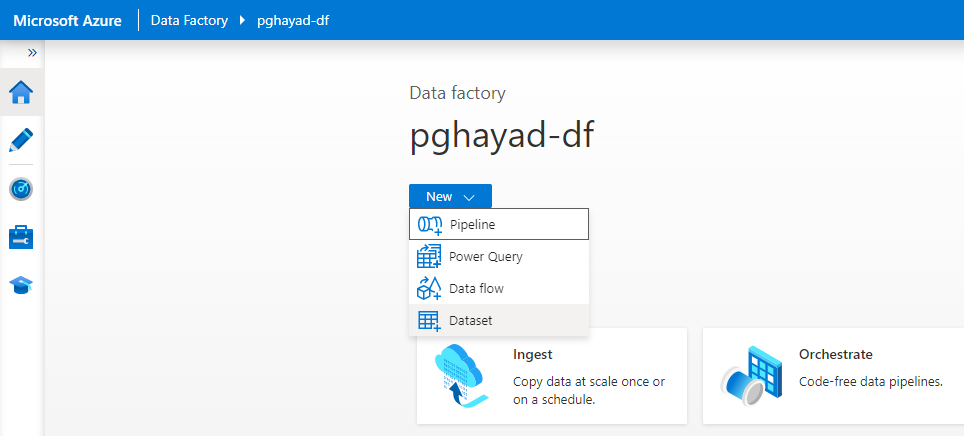
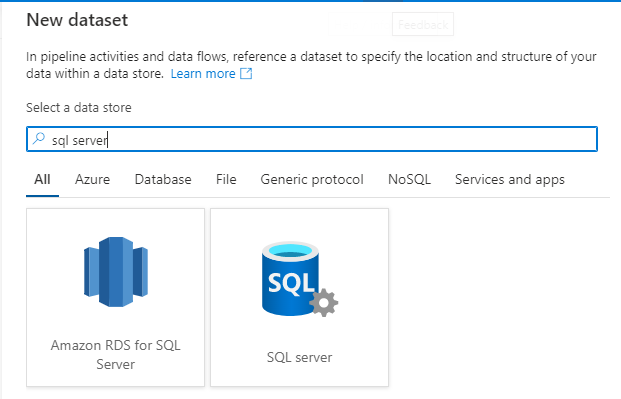
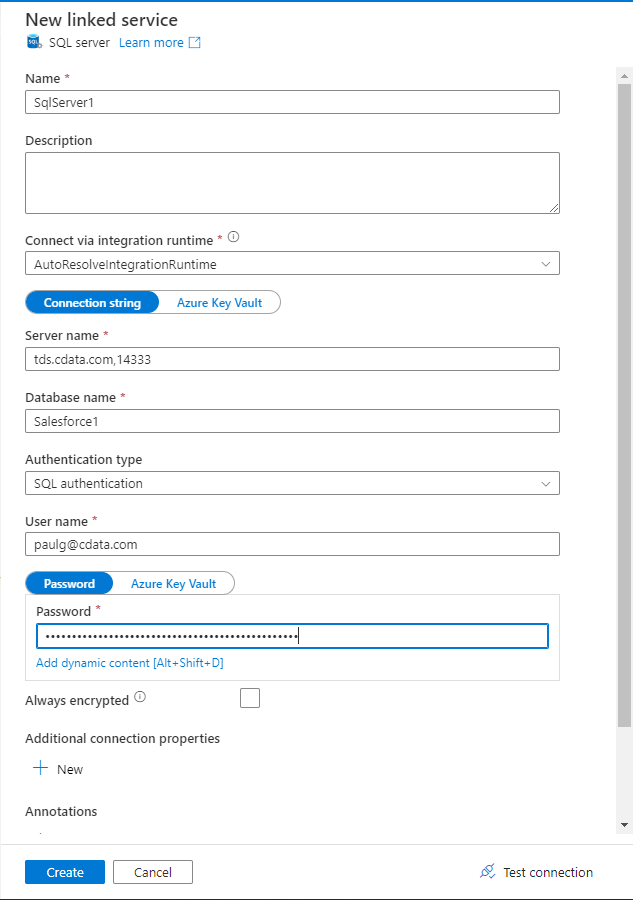
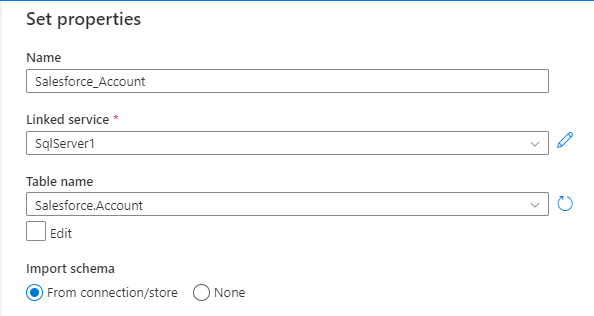
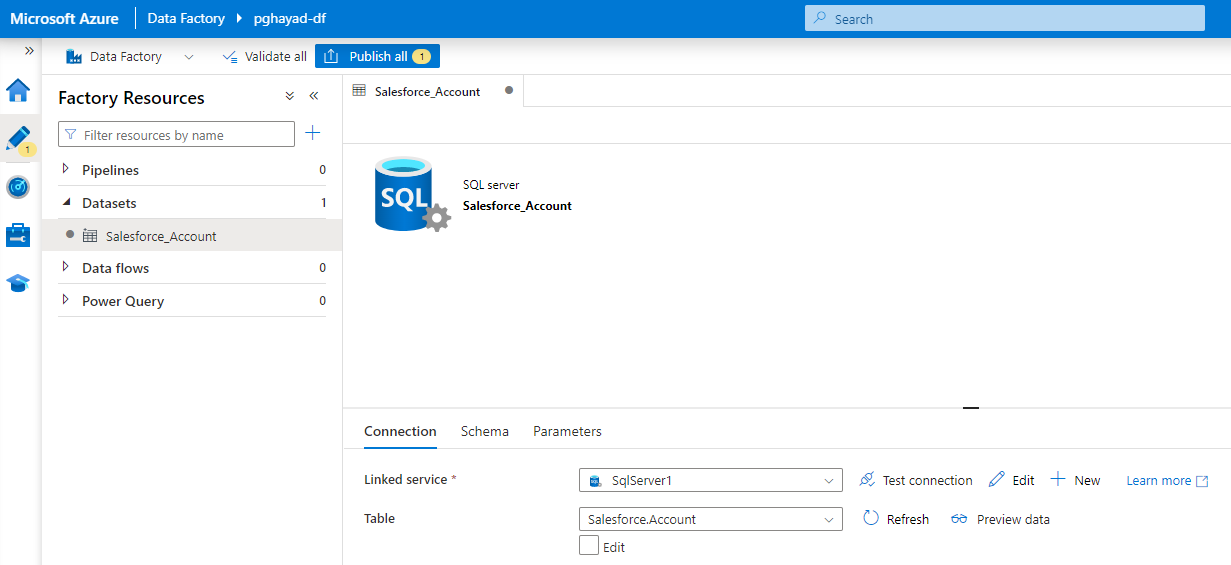
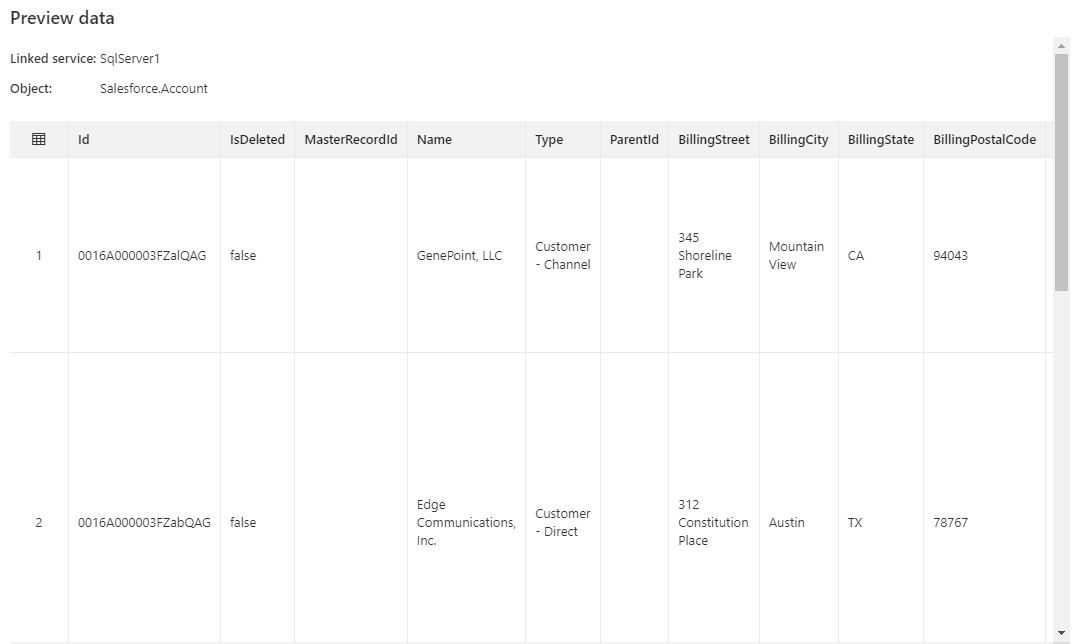 You can now use this dataset when creating data flows in Azure Data Factory.
You can now use this dataset when creating data flows in Azure Data Factory.
Get CData Connect Cloud
To get live data access to 100+ SaaS, Big Data, and NoSQL sources directly from your cloud applications, try CData Connect Cloud today!








